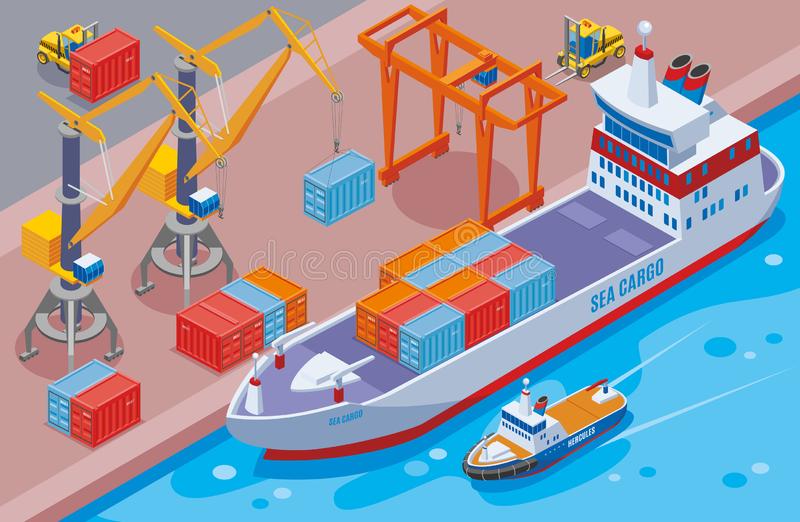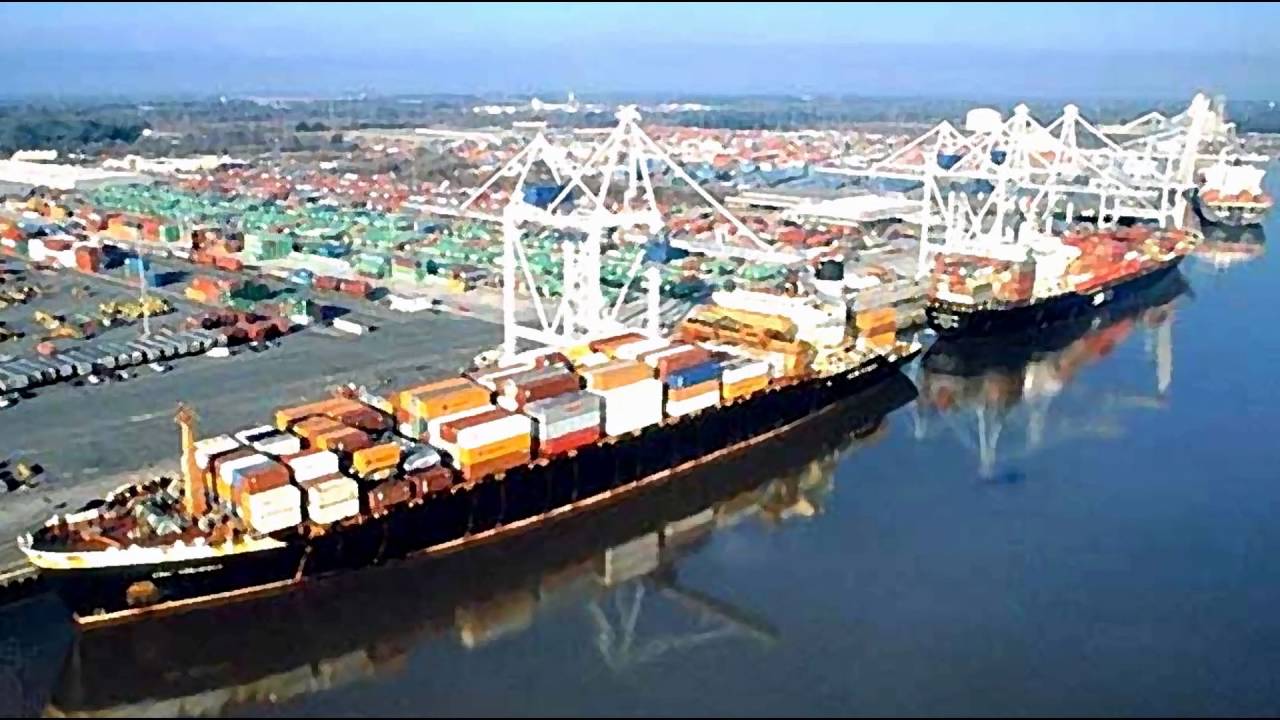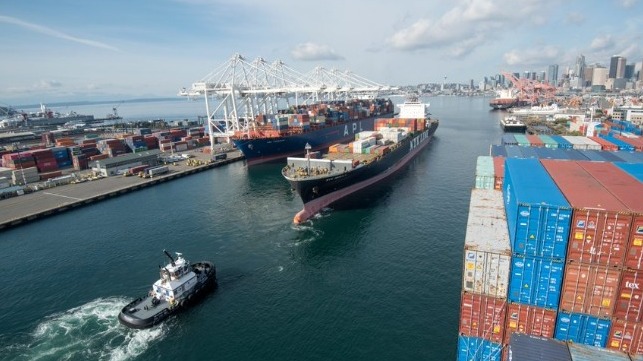
The transport and logistics industry has been experiencing tremendous growth with the evolution of services such as Alibaba and Amazon. However, there’s one major challenge to the smooth delivery of online orders: retailers and manufacturers use different data formats for issuing and tracking order shipments.
In the absence of universal agreements for identity and access management that work across the entire industry, companies have had to draw up individual written contracts for every shipment. Customers may get their items in a reasonable period of time, but when it comes to the retailer, shipper or consumer tracking the product, there’s no uniform view of the entire shipping route as the package is on route to its final destination.

That’s why a group of forward-thinking public- and private-sector partners within the transport and logistics sector in the Netherlands have formed iSHARE, a consortium that seeks to develop a uniform standard for automatically exchanging data while shipping products following an online sale. All data and policies are stored in a central repository, enabling each partner to work with the same identification, authentication and authorization methods, thereby eliminating the need to manually type multiple contracts in order to share data and ship a product.
The Netherlands has been funding this project over the past few years, and consortium members hope that iSHARE can become a global standard. To give credibility to the notion that iSHARE will be embraced wordwide, large maritime port and airport cargo handlers – in tandem with a large U.S. retailer – have also contributed to investing in the project.
Recently, the consortium has been testing the last mile of delivery in the online food sector using crypto technology developed by iSHARE. For the last mile, solutions are being developed that can open a smart lock or box via Bluetooth or Wi-Fi with crypto tokens. Sometime soon, the delivery agent will only need an app on a smartphone or tablet to open the lock/box. A crypto token will work in tandem with policies, developed by solutions providers, that will determine whether the contents of the box need simply to be cooled or remain frozen.

Once this last mile technology emerges, then the great potential of online shopping can be realized. A Rabobank report found that total supermarket spend in the Netherlands in 2018 across 3,730 stores was 38.7 billion euros, of which 1.4 billion euros (3.6%) came via online shopping. The good news: Rabobank expects online food shopping to grow up to 30% by 2030.

Despite this promise, online food shippers still face unique challenges, namely that perishable food items need to be stored in temperature-controlled conditions and can’t just be left at a front door or on a person’s driveway. Residents must be home to receive the goods or pick them up at so-called pick-stations. An analysis by Dutch supermarket franchiser Ard van de Huijgevoort, owner of van de Huijgevoort Group, found that because deliveries can only be made when people are home, only nine deliveries are made per van, per day — well below the volume they know is possible.
But what if deliveries could be made at any time of day so that the shippers can drive the most cost-effective routes? In addition to the use of crypto tokens noted, there are systems under development that include iSHARE for data exchange in leveraging autonomous delivery and other modern food storage techniques. Ard van de Huijgevoort found that, under such a system, three to four times as many deliveries can be done in one day. Along with considerably better economics for the supermarket, this also reduces carbon emissions because the trucks drive fewer kilometers for the same deliveries.
To be sure, there are still many challenges in the transport and logistics industry, but uniform data sharing standards, such as those created by iSHARE, should accelerate improvements across the many stages of the delivery journey.








